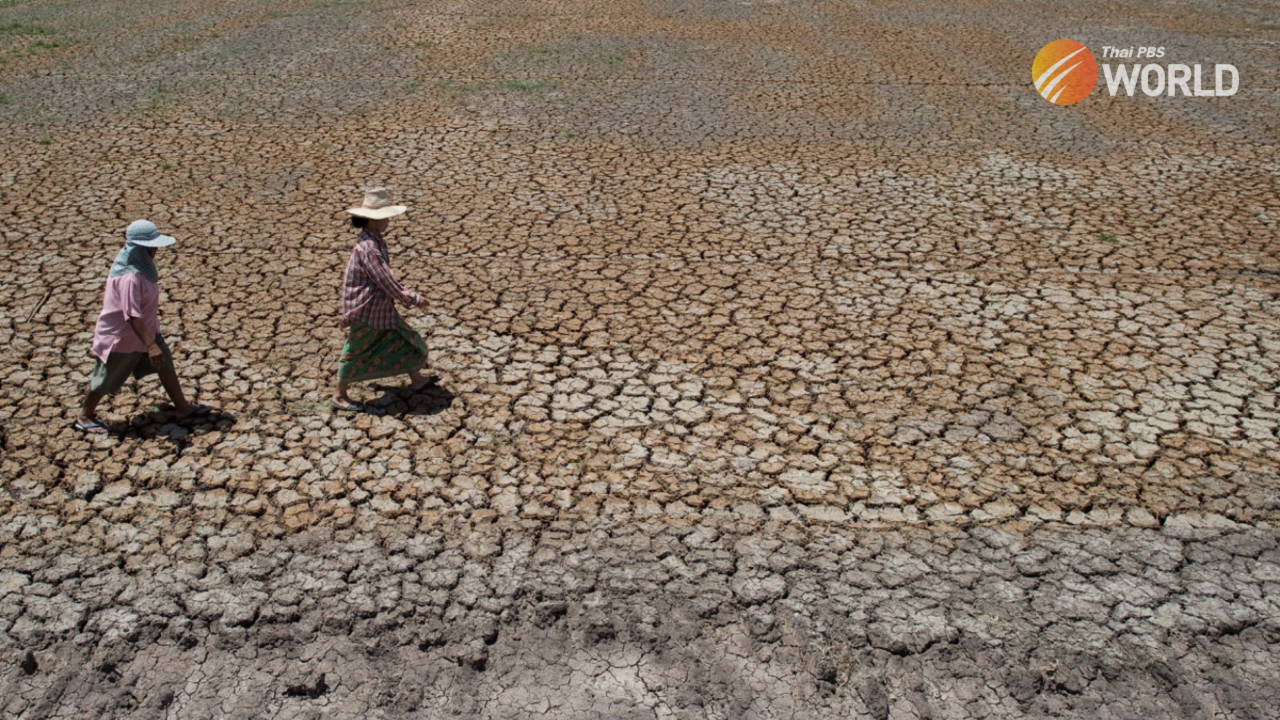Heatstroke: What is it, how does it occur, and how to prevent it?

With the mercury rising as the hot season arrives in Thailand, health authorities have begun warning people to beware of heatstroke.
The dangers of this condition were underlined when high-profile political figure Chonsawat Asavahame was rushed to hospital with heatstroke symptoms on Thursday. The 54-year-old died in ICU the following morning.
Public Health Minister Anutin Charnvirakul, who was a close friend of Chonsawat, attributed the death to heart failure. Heatstroke can increase stress on the heart to the point of cardiac failure.
The Samut Prakan politician had collapsed during practice for a car race in Buri Ram.
What is heatstroke?
Doctors explain that heatstroke occurs when the body can no longer control its temperature.
Heatstroke, also known as sunstroke, occurs when the body’s temperature rises above 40 degrees Celsius. Symptoms include confusion, altered mental state, slurred speech, loss of consciousness, hot and dry skin or profuse sweating, and seizures. Untreated, heatstroke can quickly affect the brain, heart, kidneys, and muscles. In severe cases, it can cause permanent disability and even death.
This condition is most common during Thailand’s sweltering hot season, which officially started on March 5, according to the Thai Meteorological Department.
Chonsawat fainted while participating in a practice session for a car race at Buri Ram’s Chang International Circuit. Race cars generally do not have air-conditioning, as a cooling system is sacrificed for more speed. Buri Ram has been experiencing very hot afternoons recently, with the temperature rising as high as 38 degrees Celsius some days.
First aid for heatstroke includes wiping patients down with a cold wet cloth and, if they lose consciousness and stop breathing, performing CPR. If the patient has not lost consciousness, they need to drink a lot of water.
Thailand seeks cooperation from neighbours to address cross border pollution
How high is risk of heatstroke?
The Disease Control Department says between 2,500 and 3,000 people come down with heatstroke in Thailand every year. Between 2015 and 2021, 234 or an average of about 33 people per year died from heatstroke in Thailand.
People at most risk are those who work under the scorching sun for long periods, including farmers, construction workers, police officers and soldiers. Also at risk are the elderly and children below the age of five, because their ability to control their body temperature is lower.
People suffering from obesity, hypertension, those who have not had enough rest, as well as those who prefer exercising outdoors also face a greater risk of heatstroke.
Office workers who generally work inside air-conditioned rooms are advised to take precautions when stepping outside, because their bodies may have trouble adjusting to the sudden drastic change in temperature.
How to protect yourself
Though heatstroke sounds like a scary condition, people can easily protect themselves by drinking lots of water. They should also wear light-colored clothing made of breathable fabric.
If the weather is really hot, avoid being out in direct sunlight. If going outdoors is unavoidable, wear sunglasses, a wide-rimmed hat or carry an umbrella and consume more water. Drinking alcohol is not advised as it causes dehydration.
Exercise routines should be switched from the middle of the day to the morning or evening when the weather is cooler.
Other hot-season woes
Hot temperatures also cause other health conditions, such as heat rash, cramps, exhaustion and sunburn. People are therefore advised to beware of the different risks when venturing out in hot and humid weather.
While heat rash is not a serious condition, it can make the skin very itchy and cause small blisters or even deep, inflamed lumps. Heat rash usually goes away once the skin cools down. However, if the problem lingers or worsens, it’s best to seek medical help.
Heat cramps are painful, involuntary muscle spasms that usually occur while doing heavy exercise in a hot environment. Linked with heavy sweating, fatigue and dehydration, the muscle cramps can progress to heat exhaustion if not treated promptly. Dizziness, headache and even fainting may follow.
Sunburn leaves victims with inflamed skin that is hot and painful to touch. It usually appears within hours of exposing the skin to strong sunlight without protection.
By Thai PBS World






